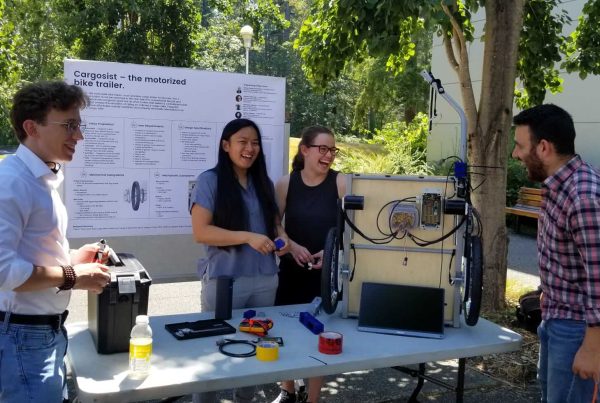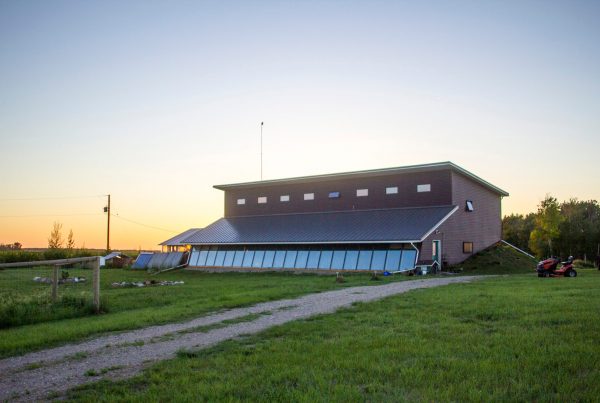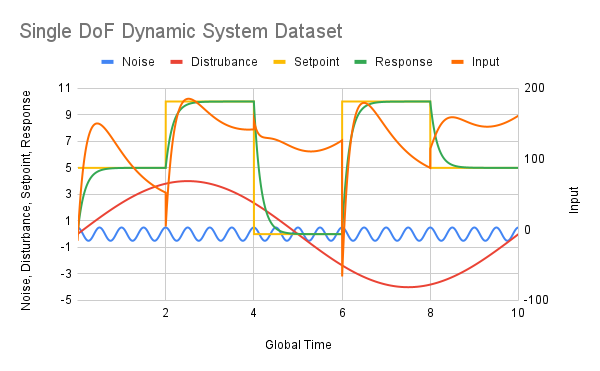During my bike tour from Victoria to Montreal, I spent a week at an old family friend’s homestead in Elkhorn Manitoba. He’d built a passively solar-heated home featuring an 80-feet-wide by 7-feet-tall foot wall of south-facing windows, through which radiation from the sun could pass and heat the concrete floor.
The decision to build the house was also an admirable decision to adopt a more sustainable, energy-conscious lifestyle. While I was there, I observed the habits the homesteaders had adopted, opening and closing blinds and windows to control the temperature inside the building by moderating the amount of energy flowing in and out. The process seemed monotonous and labour-intensive and I envisioned an automation-based solution to make sustainable living available to those less interested in a new set of routine tasks.
I decided to explore this in-depth by making it the focus of a voluntary honours thesis in the final year of my mechanical engineering undergraduate degree. Combined with an appropriate control system, automation of this problem could remove the need for human intervention altogether while ensuring the most energy-conscious control decisions are being made.
This is a (purely) theoretical efficacy study about achieving greater energy savings in sustainable residential architecture by applying automation and machine learning in a unique way.
Read more about this project in the blog post version of the final article:





